Data-driven Personas
Can data support organizations in human shaping problems?
Solving complex problems in organizations
Design for the change in the employee experience is always delicate. It requires understanding and mapping the complex needs of organizations and the people who live them, assessing the areas of intervention, and building consensus in order to promote common goals.
The complexity is high since these projects involve multiple dimensions of intervention (individual, environmental and social), making it difficult to rationalize the objectives into simple KPIs. Where it is also possible to elaborate representations of metrics, they are sterile and cryptic, not creating an adequate foundation for the success of the project.
Therefore, we use methods of representing information that make it easier to understand and therefore more engaging to achieve the goal. One of the main methods is the segmentation of users on the basis of a number of analysis factors, creating Personas [1]
A Personas is a representation of the target user of a product/service. It is a fictional archetype, but it is described as if it is real. Its description includes personal elements but is also focused on the objectives, needs, and concerns within the organization.
The advantage of using Personas lies in making it more immediate and usable to visualize the complex problems that emerged from the research, in facilitating communication between the project team (designers, stakeholder and collaborators), and in the ability to arouse empathy towards the needs that must be satisfied, giving a human appearance to the problems.
Personas: a methodology based on qualitative data
The creation of Personas begins with the collection of data through qualitative research and analysis. Data is defined as qualitative when it provides information that does not measure a topic but describes it: it investigates motivations and attitudes in the form of opinions and points of view. [2]
Interviews, Workshops, Focus Groups, and – in some cases – ethnodemographic and netnographic observations (based on the observation of the user interacting freely with a product or service, offline or online) are the typical qualitative research methods that are used in the creation of Personas.
The research methods are usually defined according to the type of data obtainable and used: data resulting from observation can be defined as “observed” while data obtained from direct questions are classified as “interrogated”. The former is the result of assessments made simply by observing the behavior of the object of study. For example, a researcher observes how many times an employee interacts with the corporate phone. The latter, on the other hand, is the result of answers to questions explicitly asked to the subjects interviewed. The most common methodologies applied in this case are Interviews and Focus Groups but the Diaries are also an example, where participants are asked to track the significant events of a working day.
All the data obtained are analyzed and filtered to identify recurring characteristics.
The result is therefore the representation of patterns of characteristics and needs. These identified attributes are then grouped according to frequency and finally used to define the Persona.
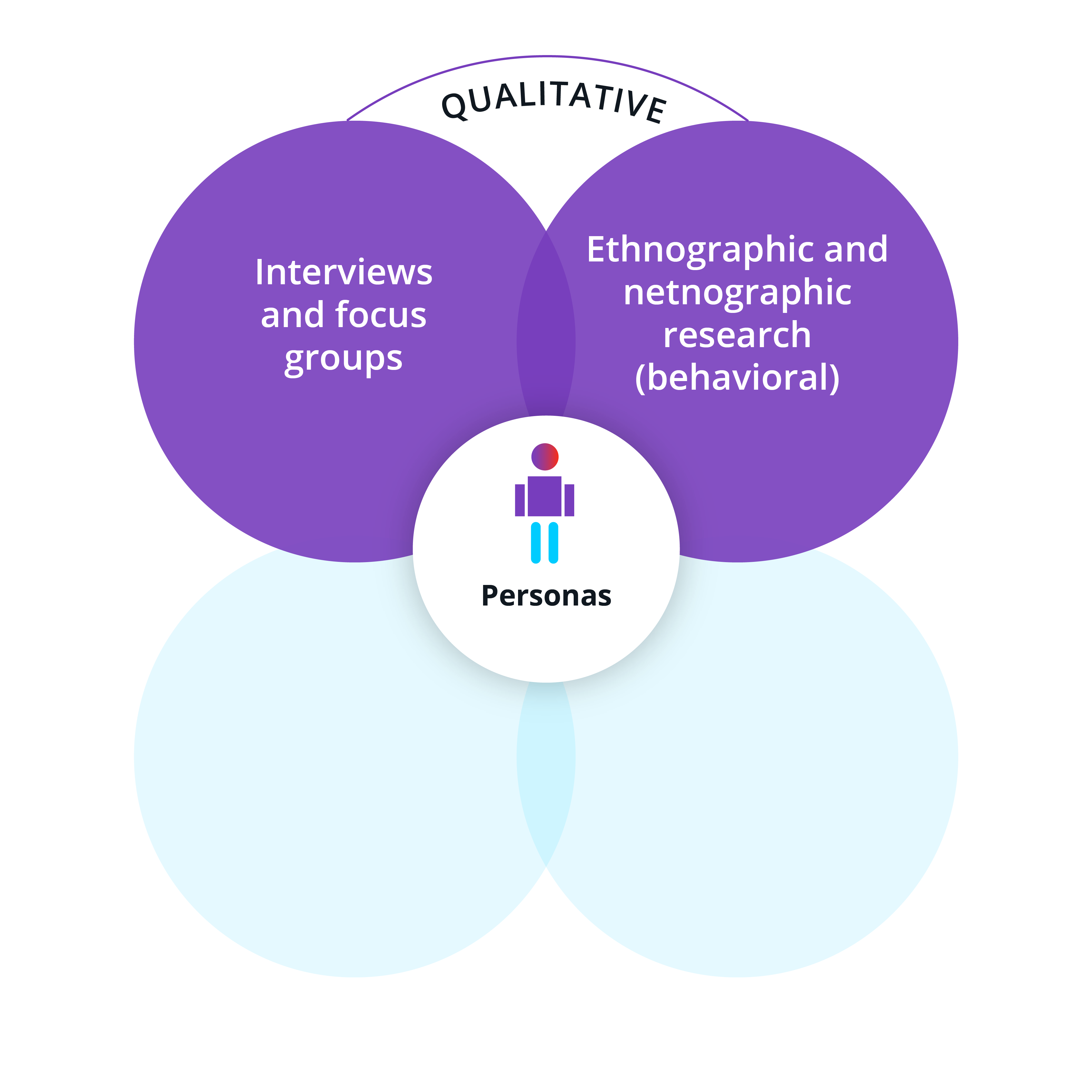
Data-driven Personas: integrate quantitative data
However, it is also necessary to exploit quantitative survey methodologies to confirm or refute the information processed through qualitative data.
Quantitative data are statistical data aimed at measuring a population of users to define the incidence and intensity of a phenomenon. An example is a figure that reports the number of people who on average receive more than twenty emails in a day. [3]
Using quantitative data enriches the analysis, remedying the limits of purely qualitative analysis. The information obtained qualitatively must be confirmed with quantitative data that measure the actual impact on the population. This avoids falling into error by considering an event significant for an entire population when perhaps it affects only a small part of it.
This is the first step towards a data-driven approach.
So how to build Data-driven Personas?
The easiest thing is to integrate queried quantitative data. Questionnaires are one of the simplest and most effective methods for collecting data on the entire population of an organization, allowing for a more detailed segmentation.
For example, let’s imagine that in a Diary two subjects describe how easy is to use a company tool. Without further information, it could be assumed that no one in the company has problems using the tool and therefore any intervention regarding that tool would be excluded. By distributing a questionnaire, however, we may discover that only a small percentage of the company population is able to use it correctly and it would therefore be appropriate to explore why others experience this difficulty.
This methodology was recently used in a project as part of the employee experience for a player in the banking market. In this case, a questionnaire was constructed with the aim of investigating the perception of the work environment and the roles of employees through some closed-ended questions. It was forwarded to all employees of the group in order to have the largest possible analysis sample and the data were then grouped according to metrics relating to the project objectives.
Based on the results obtained, Personas were elaborated representing segments of employees identified quantitatively and then enriched with details deriving from qualitative analyzes, such as interviews.
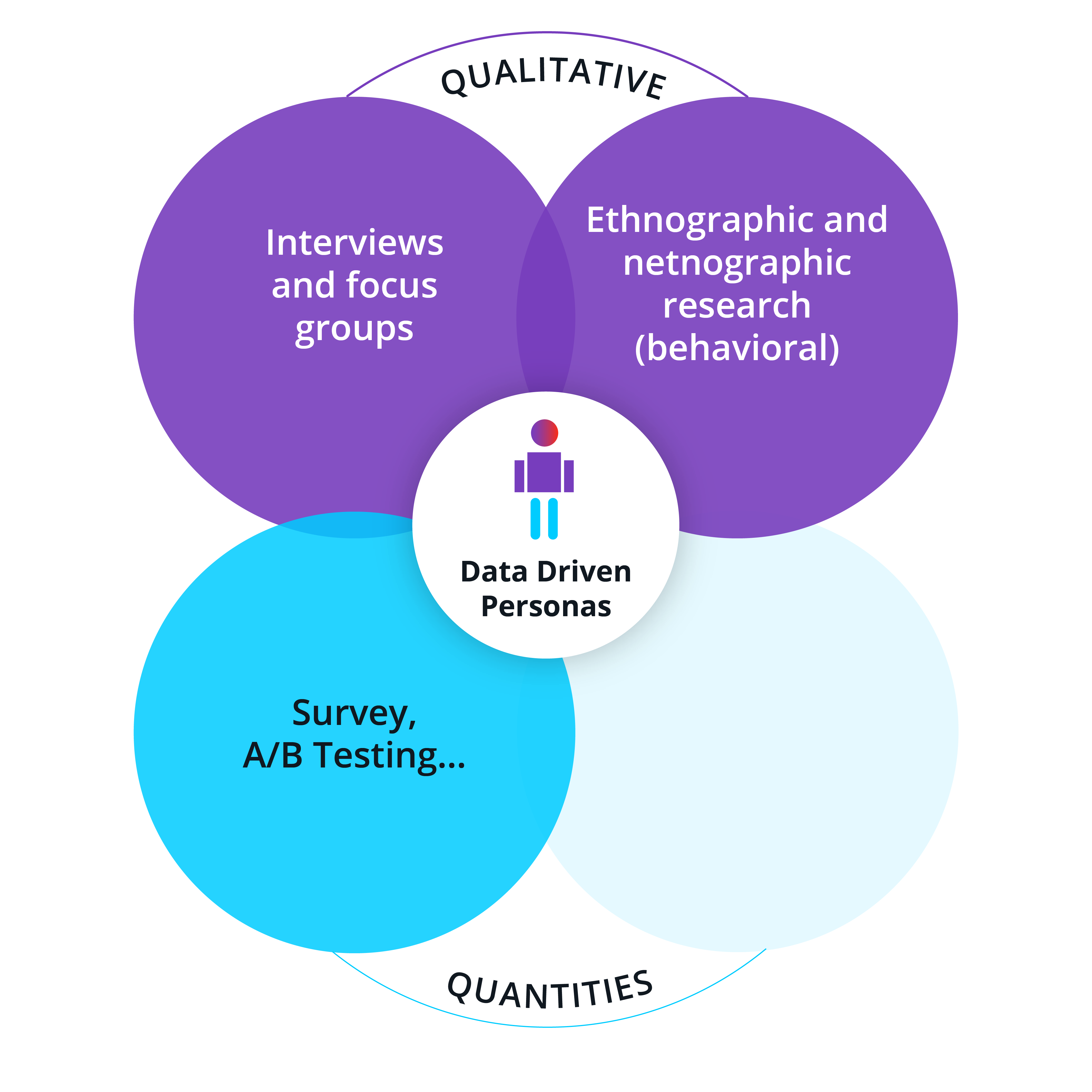
With the growing adoption of Smart-working and digital tools (for example for project management, mail, documents, and video calling tools), observable quantitative data, the so-called “digital footprints“, accessible via SDK and API, are also increasingly available. The “digital footprints” are the footprints we leave on our web journeys, the digital paths we follow. For example: what searches we carry out or which meetings we have marked on our shared calendar.
This type of data can be collected and brings significant added value to the definition of a Persona. By mapping how users interact in a digital workplace, it is possible, for example, to obtain information on the keywords sought or on the relationships between colleagues, as well as what are the information flows and the real organizational structures that are established.
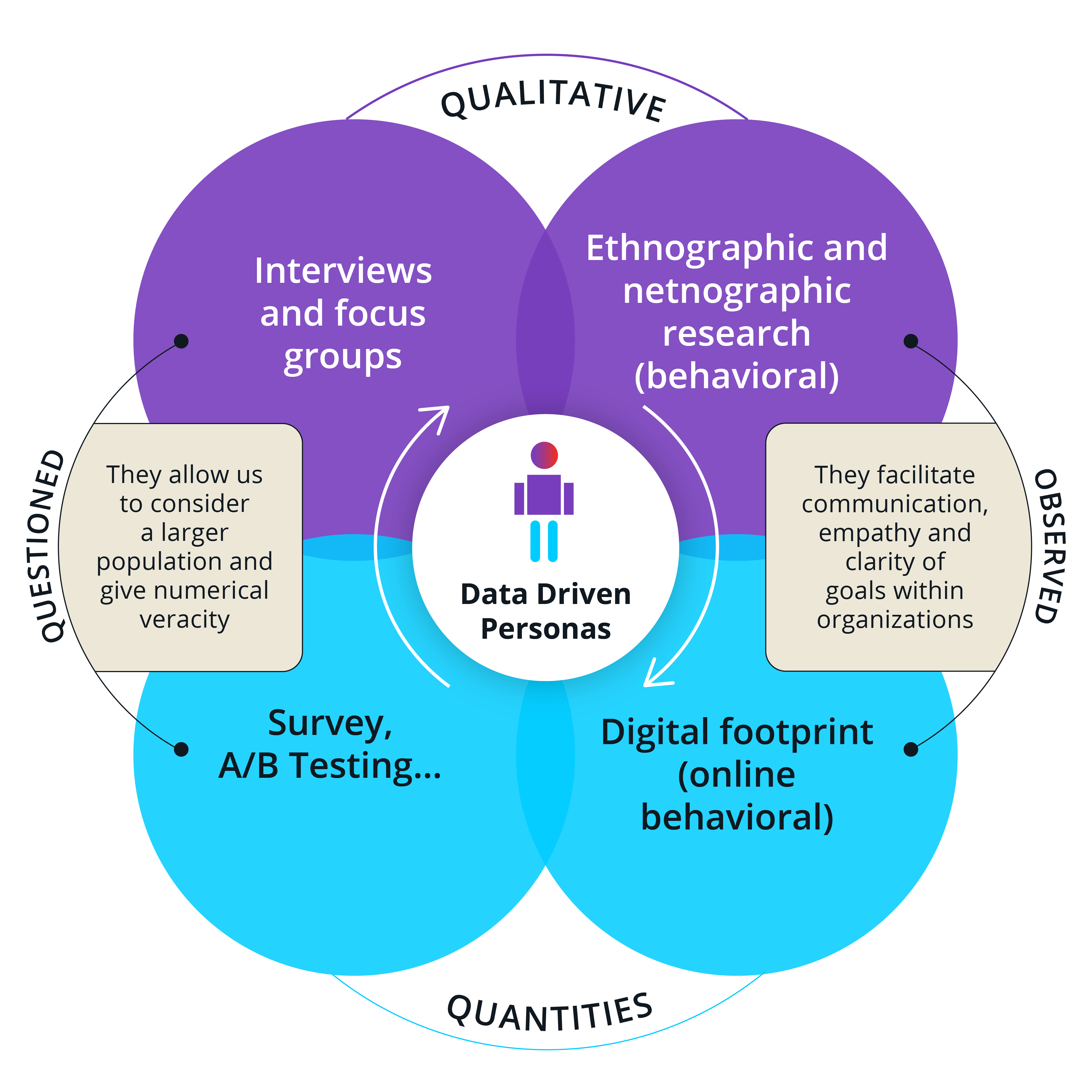
Data-driven Personas: how to apply them
Projects that include full use of Data-driven Personas provide for an iterative application of analysis methodologies.
The ideal process is based on the application of five complementary research phases:
The analytical data available in the users digital footprint are analyzed and then all the metrics to be measured deemed significant are identified. By comparing the metrics, the first hypotheses are developed.
The hypotheses are validated by means of a questionnaire distributed to the company population.
From the questionnaires worthy cases are extrapolated to be investigated through interviews.
The information obtained through interviews is then confirmed or denied through an ethno-demographic observation.
The data recorded in the observations are compared with the digital footprint to verify the frequency.
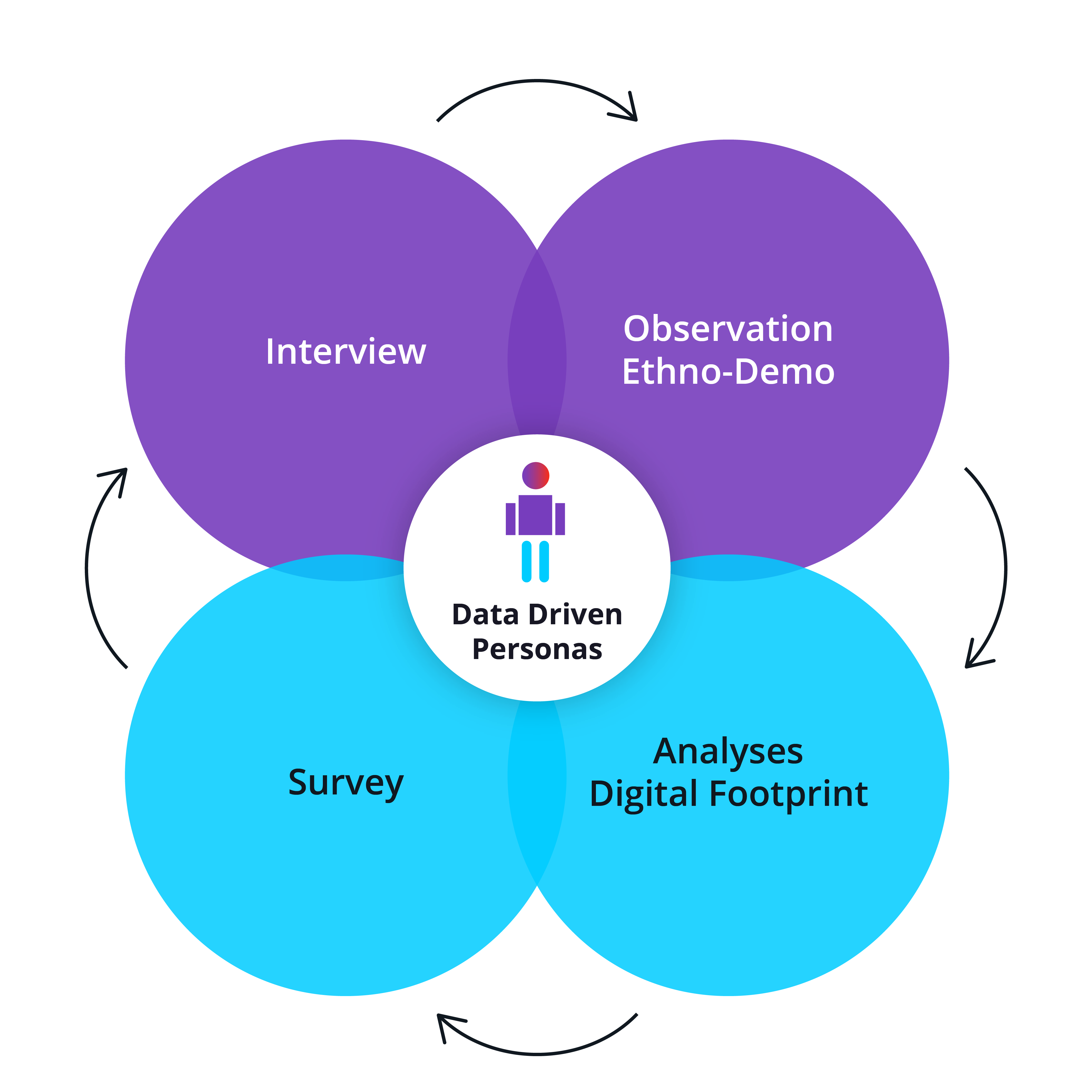
The data is then grouped according to the identified patterns: the various clusters define the Data-driven Personas, whose characteristics and needs must be linked and aligned with the company objectives. This adaptation is necessary to ensure that the intervention you want to make on the employee experience brings the desired change within the organizational reality. The Data-driven Personas will then be used as a reference for all subsequent project steps.
Data-driven Personas: the advantages
The one described is an example procedure and the methodologies may vary according to the projects.
The steps may follow a different order and not all are necessary. The important thing is to ensure the completeness of the Data-driven Personas by using information that comes from all types of data collected (Qualitative / Quantitative and Interrogated / Observed).
Using this approach brings two benefits:
Improving communication within the workgroups with a methodology that creates empathy towards everyone. The objectives are perceived clearer because they are linked to a specific face and personality. Furthermore, due to the analysis of a larger sample, it is certain that all the facets of the organization have been analyzed.
Improving costs and benefits. The metrics identified to analyze the digital footprint can also be used at the end of the process with a view to ROI. The comparison between the current state and the previous one will allow you to evaluate whether the intervention was effective or not.
By applying Data-driven Personas it is possible to give a human form to the needs of an organization.
Through their use, problems may also arise on issues that are unpredictable and/or that would remain neglected such as Accessibility and Inclusion that deserve to be enhanced. Unlike other approaches, in which the Personas are identified on the basis of the company organization chart or the assigned tasks, all the characteristics of the Data-driven Personas are instead quantifiable and demonstrable with respect to their real counterpart.
The use of an integrated Data-driven approach allows not only to evaluate immediate interventions but also to guide the organization’s future choices.
Notes
Bibliography and sitography
- Jansen, B. J., Salminen, J. O., & Jung, S. G. (2020). Data driven personas for enhanced user understanding: combining empathy with rationality for better insights to analytics. Data and Information Management, 4(1), 1-17
- Miaskiewicz, T., & Luxmoore, C. (2017). The use of data-driven personas to facilitate organizational adoption- a case study. The Design Journal, 20(3), 357-374
- Tassi, R., Brilli, A., & Ricci, D. (2018, July). Digital methods for service design experimenting with data-driven frameworks. In ServDes2018. Service design Proof of Concept, Proceedings of the ServDes. 2018 Conference, 18-20 June, Milano, Italy (No. 150, pp. 1100-1129). Linköping University Electronic Press
- Harley, A. (2015). Personas make users memorable for product team members. Nielsen Norman Group, 26.
- Qualitrics, Analisi qualitativa: definizione, metodi ed esempi, 2021
Authors
Simone Fiorini, Davide Macchi
Sebbene i benefici del dato quantitativo siano ormai ovvi, l’implementazione degli studi quantitativi non è altrettanto scontata. Spesso, durante la prima fase di progettazione di un Digital Workplace (DWP), non ci si avvale di dati oggettivi. In fasi successive al go-live, l’implementazione delle analytics è superficiale, non facendo uso di analisi di Key Performance Indicators (KPIs), Return of Investment (ROI) o tecnologie avanzate, come ad esempio big data o digital footprints. Tali approcci non mettono i dati e i dipendenti al centro della progettazione dei Digital Workplace, sono rischiosi e non rendono possibile misurare il successo delle soluzioni adottate. È fondamentale stabilire una strategia di progettazione ben strutturata da subito.

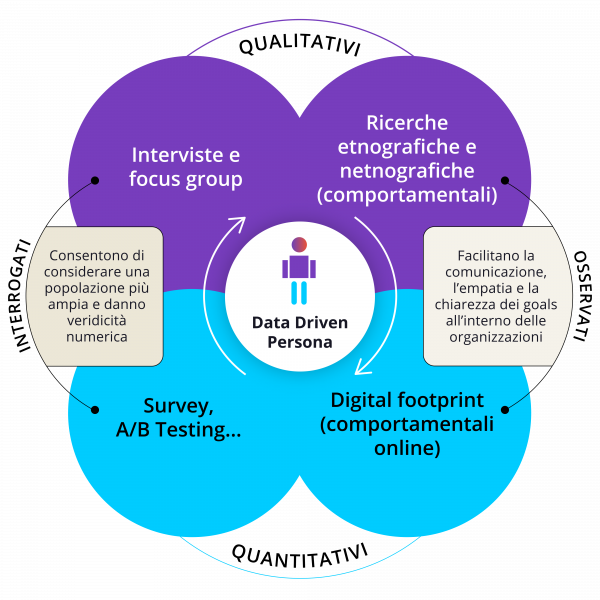
Un’intranet ben progettata, oltre ad aumentare notevolmente l’efficienza delle procedure interne, migliora il morale dei dipendenti (che possono in questo modo raggiungere i loro obiettivi senza frustrazioni) e garantisce un grande risparmio finanziario. Un cambio di rotta tardivo risulta essere molto più costoso di una progettazione adeguata, portando con sé anche altri effetti negativi come perdita di produttività, abbassamento del morale dei lavoratori e un’influenza negativa sui ricavi finali. È necessario dunque monitorare e anticipare con proiezioni sul futuro l’impatto del digital workplace sul business. Tuttavia, l’implementazione dei convenzionali analytics, data lake, big data è oggettivamente costosa e complicata in questa fase, agli albori dell’adozione di un digital workplace.
In OpenKnowledge, per rispondere nel modo più efficiente possibile alle sopra citate necessità e difficoltà, abbiamo generato un’esperienza di test quantitativi rapidi e continuativi mirati alla misurazione del ROI dei cambiamenti introdotti e alla validazione del design. I test forniscono un riscontro oggettivo rispetto alle scelte che operiamo per i nostri clienti su larga scala e ci consentono di effettuare delle predizioni sin dalla prima settimana di progettazione: infatti, siamo in grado di eseguirli direttamente sui prototipi, senza necessità di sviluppo/IT.

●
Migliorando la comunicazione all’interno dei gruppi di lavoro con una metodologia che crea empatia verso tutti. Gli obiettivi sono percepiti più chiari perché legati ad un volto e ad una personalità precisa. Inoltre, per via dell’analisi di un campione più ampio, si ha la certezza che tutte le sfaccettature dell’organizzazione siano state analizzate.ìI nostri studi sono basati sull’analisi di KPI metriche che vengono tradotte ine Objectives and Key Results (OKRs) per misurare il ritorno d’investimento. Un esempio di KPI che sfruttiamo nei processi documentali HR è la soddisfazione degli utenti, il numero di click e il tempo di completamento del processo. In parallelo all’individuazione degli obiettivi e metriche, esploriamo quali strumenti di ricerca siano in grado di supportare la data collection nella particolare situazione progettuale di riferimento.
Migliorando la comunicazione all’interno dei gruppi di lavoro con una metodologia che crea empatia verso tutti. Gli obiettivi sono percepiti più chiari perché legati ad un volto e ad una personalità precisa. Inoltre, per via dell’analisi di un campione più ampio, si ha la certezza che tutte le sfaccettature dell’organizzazione siano state analizzate.
- Migliorando la comunicazione all’interno dei gruppi di lavoro con una metodologia che crea empatia verso tutti. Gli obiettivi sono percepiti più chiari perché legati ad un volto e ad una personalità precisa. Inoltre, per via dell’analisi di un campione più ampio, si ha la certezza che tutte le sfaccettature dell’organizzazione siano state analizzate.
Vuoi introdurre un digital workplace in azienda?
Parlane con noi, saremo felici di aiutarti
Vuoi introdurre un digital workplace in azienda?
Parlane con noi, saremo felici di aiutarti
 21 March 2022
21 March 2022
